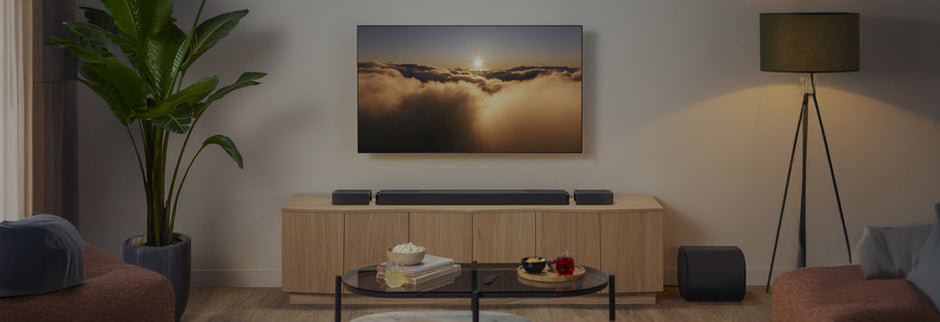
If you've ever considered buying and installing a lighting control system, you may have heard about Dimmers. So, what exactly are they? Well, do read this guide to find out more and know everything you've ever wanted to know about Dimmers...
Dimmers are devices that can lower the brightness of a light. They do this by altering the voltage waveform applied to the lamp, thereby lowering the intensity of the light output. Typically, the term "dimmer" is used for those intended to control light output from resistive incandescent, halogen, compact fluorescent lights (CFLs) and light-emitting diodes (LEDs). Using a dimmer you can enhance the room's mood as well as save on energy bills.
Dimmers range in size from small units that are the size of a light switch used for domestic lighting to high power units used in large theater or architectural lighting installations. You can either directly control the small domestic dimmers, or then, do so through remote control systems. Modern professional dimmers are generally controlled by a digital control system. In newer systems, these protocols are used in conjunction with the Ethernet.
There are certain factors to consider before buying a dimmer. These are:
1) Dimmer Types: These include single-pole, 3-way or 4-way, multi-location, or plug-in
2) Lighting Source: These could be either bulb type or wattage
3) Control Style: These could be rotary, slide, toggle, rocker, tap and scene selector
We shall now look at each in detail.
Dimmer Types
The first step in choosing a dimmer is to identify the number of switches that control the light fixture. There are four basic options:
1) Single-pole dimmers: Designed for lights controlled from a single dimmer in one location
2) Three-way or Four-way dimmers: Designed for lights controlled by a single dimmer and one or switches in other locations
3) Multi-location dimmers: Designed for lights controlled by multiple companion dimmers, allowing full dimming control from four or more locations
4) Plug-in dimmers: Designed to dim bulbs in table and floor lamps
Bulb Types
It is important to choose a dimmer depending on the bulb type that you are using. Again, there are four basic options:
1) Incandescent and halogen bulbs
2) Dimmable compact fluorescent light bulbs
3) Magnetic Low Frequency (MLV)
4) Electronic Low Frequency (ELV)
If you are using a CFL bulb, ensure that you get one that is labeled as "dimmable". Ordinary CFLs will not work with a dimmer.
Wattage
You should choose a dimmer with a wattage rating that meets or exceeds the total wattage of all the light bulbs that the dimmer will control. For example, if the dimmer controls a fixture with ten 100-watt bulbs, you need a dimmer rated at 1000 watts or higher.
Control Style
There are several control styles for dimmers. These include:
- Rotary: This is the traditional dimmer design, with a rotating knob that adjusts lighting levels.
- Toggle: This is a dimmer that matches traditinal toggle-style switches. When you flip the toggle switch, the light level automatically returns to the last level that you set.
- Slide: This is a simple slide control dimmer, available in preset or slide-to-off designs.
- Rocker: This is a dimmer that resembles a decorator-style rocker switch with a smaller switch that returns lighting to your favorite level.
- Tap: This is a dimmer with a touchpad or button controls as well as a button that returns light to your preset level. Typically, tap dimmers include LEDs that indicate the current light level.
- Scene selector: This is a dimmer with multiple buttons that let you jump to your favourite lighting levels.
Features of Dimmers:
Dimmers have certain features that are common, with some of them being built-in. These are:
- Night Light: These are built-in LED lights that make it easier to find dimmer controls in the dark.
- Sensors: This is a system that automatically turns lights on or off based on room occupancy.
- Timers: This is a system that turns your lights on and off automatically, based on your settings.
- Preset: This is a feature that automatically returns lighting to your favourite level.
- Gradual fade-in and fade-out: These are smooth transitions that make it easier for your eyes to adjust to changing light levels.
- Remote Operation: This is a control that lets you adjust lighting levels remotely. Some remotes also let you program and store your favourite settings.
So, there you are...These are some facts and features about dimmers that will make it easier for you to choose the dimmer of your choice when installing an intelligent lighting solution for your home or business. You can also shop online and buy a lighting control system with dimmers to set the mood at home or at work. Here's to intelligent lighting!







